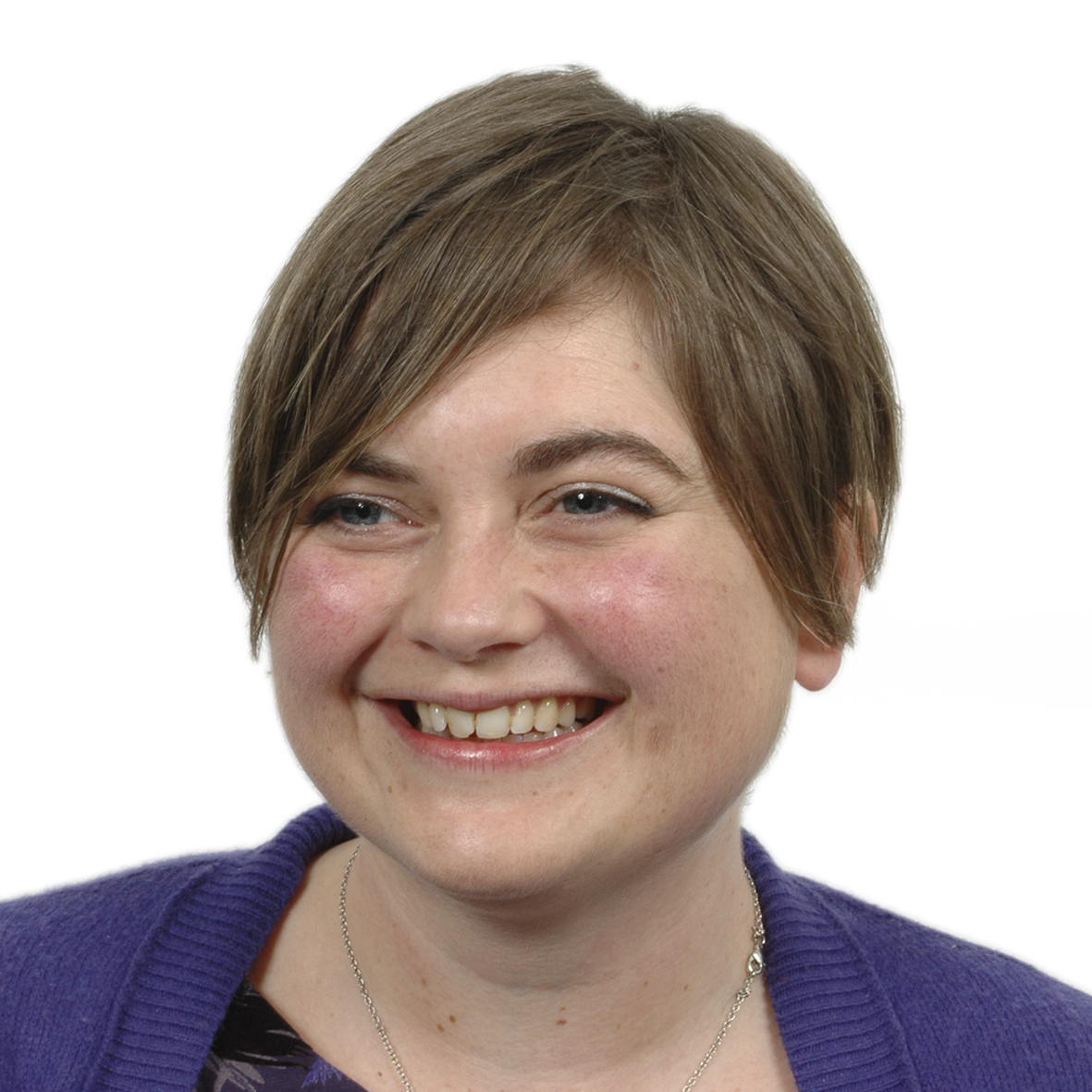Kerry Marten
Kerry Marten is a principal scientist who uses acoustics to measure and model sediment transport.
First of all, what are ‘acoustics’?
It’s echo sounding, the same technique used by boats to check the depth of the water. But things have moved on and we can now use acoustics to measure suspended sediment in the water column, something that used to be extremely hard to do in the field. At HR Wallingford, we’ve also developed our understanding of marine acoustics, which we use to model underwater noise levels for Environmental Impact Assessments (EIA) for marine construction projects.
What does your typical day look like?
I do a lot of work on offshore wind farm development and maintenance, and I’m also working on the Thames Tideway project, so I’m likely to be working on one of those. I spend the first part of my day communicating with clients, before moving onto some technical work. There’ll be lots of interesting discussions with the team, and some report writing. But I’m probably happiest once I’ve got my headphones on and I’m doing some coding. I love the focus you get from working on computer models. I don’t think I was ever cut out to work in the field.
It’s a lovely place to work – my colleagues are great, and I feel valued as a person and as an employee.
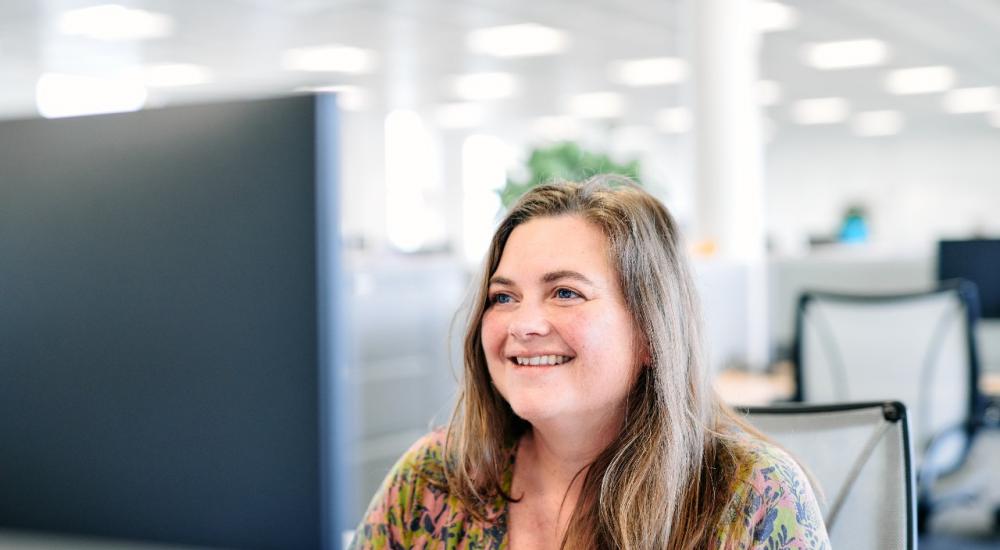
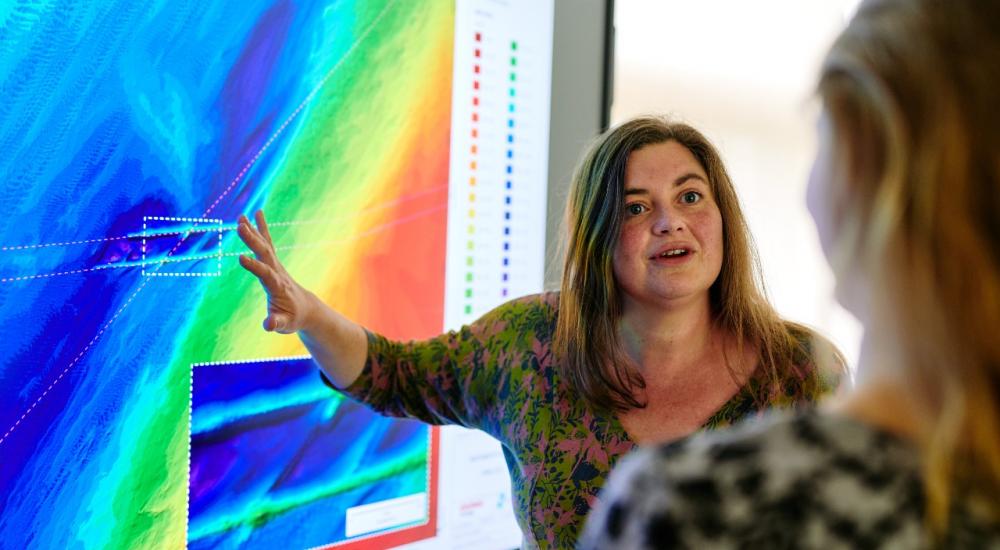
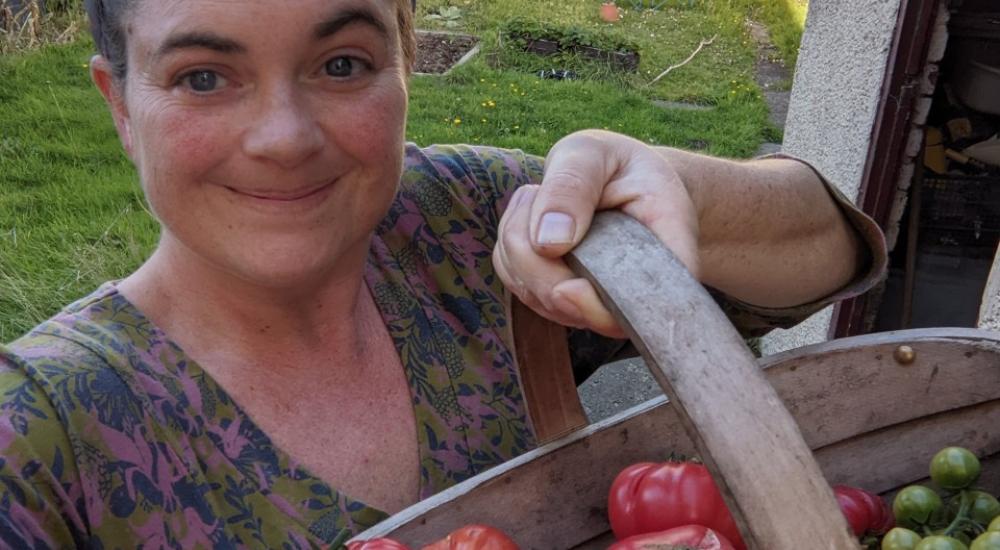
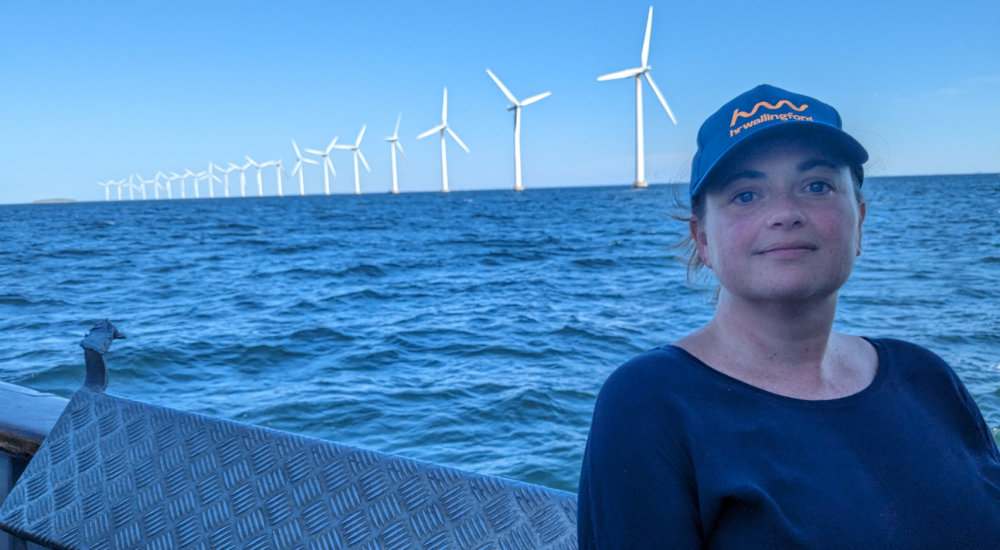
What is your academic background?
I started off doing a BSc in Marine Biology & Oceanography at Bangor University. However, after a year, I realised fish weren’t really my thing, so I switched to ocean sciences. And I got a first, which was cool.
After that, I did an MSc in Applied Physical Oceanography followed by a PhD that used acoustics to measure ripples on the seabed and model how they contribute to sediment transport. The output of my PhD was a ‘time dependent' ripple and suspended sediment predictor.
How did you come to work at HR Wallingford?
I found out about the company when I attended the annual Young Coastal Scientists and Engineers Conference, which was held in Oxford in 2008 and included a field trip to HR Wallingford. It seemed like the dream place to work, so I was thrilled to be offered a job here in 2012.
What is the most satisfying thing about your job?
I love the challenge! In fact, the first project I ever worked on really set the tone for why my work is important. It was for a dredging project in Australia that was incredibly environmentally sensitive. We modelled how much of the mud and fine-grained sediment would end up in the ecologically sensitive areas – it was absolutely crucial to get it right.
What do you like about working HR Wallingford?
It’s a lovely place to work – my colleagues are great, and I feel valued as a person and as an employee.
For instance, I have a flexible working arrangement, which predates COVID. A few years ago my personal circumstances changed and I needed to move back to Wales. My manager was so supportive and agreed I could come into the office once a week. Then I had a baby, so I came in every fortnight. Then COVID happened, and now it’s once a month.
The good news is that flexible working, maternity leave and COVID haven’t affected my progression at all. I’ve just been promoted to a principal scientist and I feel like I’ve absolutely smashed it!
What do you do in your spare time?
I grow vegetables. I swim in the sea. I very much enjoy electronic music of all forms. My other half is a DJ, so we've got some nice little studio equipment downstairs. And we recently bought a Nintendo Switch and I have rediscovered my Mario Kart prowess – it turns out I’ve still got it.
Want to know more?
